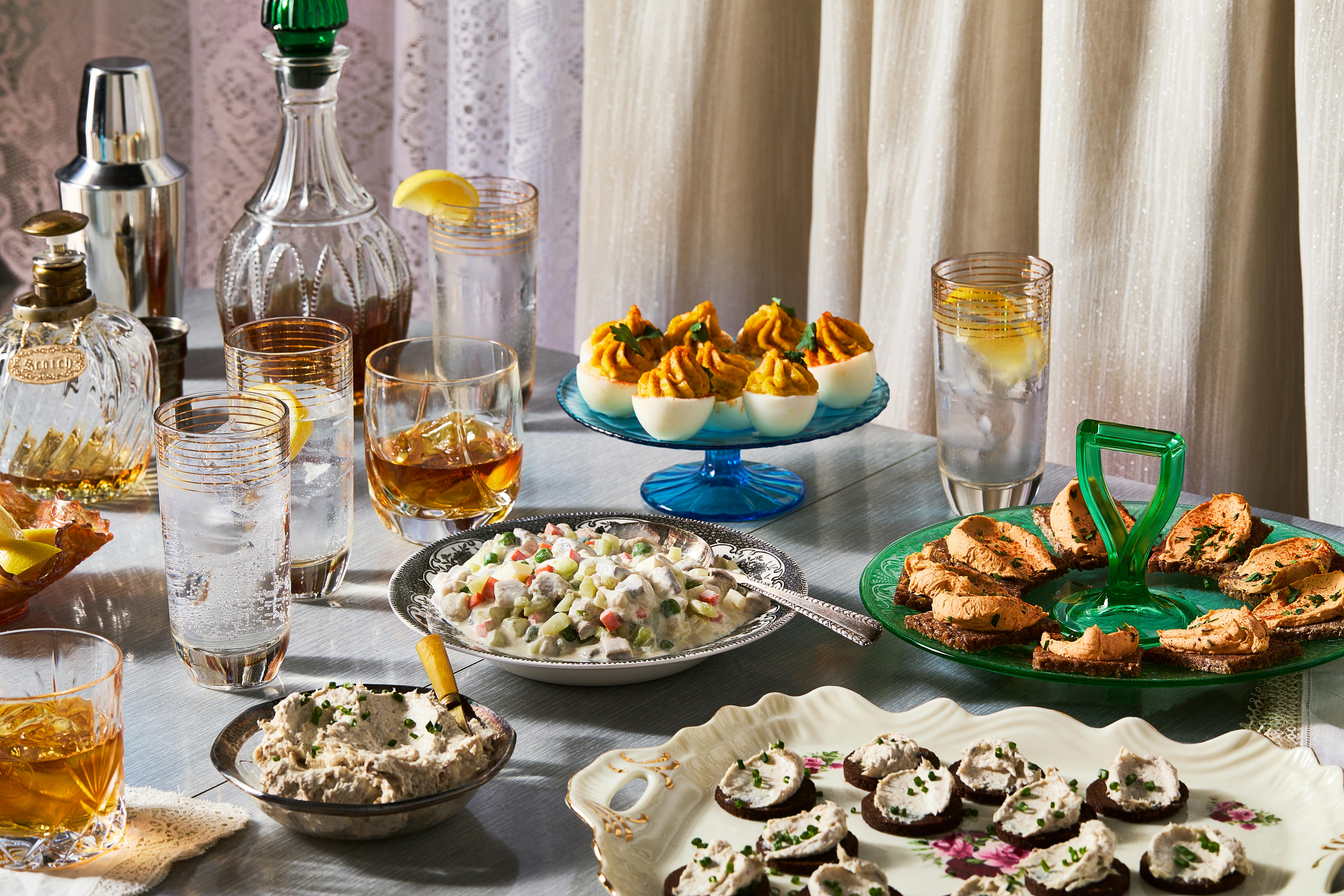Shared by Vivian Reiss


Walking into artist Vivian Reiss’s Manhattan home is like stepping into a kaleidoscope. Her whimsical largescale paintings hang on nearly every wall, the bathrooms are lined with iridescent mosaics, and her expansive kitchen counter is lined with photos of food she took and covered with clear tempered glass.
Amongst this vibrance, she takes out a precious possession that looks like it comes from a different world. It’s a fragile 1933 edition of a Hungarian cookbook, its brown cover marked with cooking stains. It’s “The Art of Jewish Hungarian Cooking,” Vivian explains. She doesn’t know its full backstory in her family, but adds, “it somehow survived the Holocaust to make its way to New York City.”
Her parents, Marianne and Istvan, were Hungarian Jews who married the day the German army marched into Budapest in 1944. For much of the war, Jews in the Hungarian capital were safe from deportation, though they experienced widespread antisemitism. “My mother did not look very Jewish and she was young and silly, and would wander the streets and get supplies for everybody,” Vivian explains.
As bombings increased and life grew more dangerous, her parents moved to a safehouse run by Raoul Wallenberg, a Swedish diplomat who saved thousands of Jews during the war. When members of the Hungarian fascist party Arrow Cross took everyone in the basement of the safe house to the Danube to be shot, Wallenberg told the authorities “You can’t take [them]. These are my people, they are my Swedish citizens,” Vivian shares. “They marched back to the safe house. My father was among them. So Wallenberg really directly saved our lives.”
Her closest family survived the war, but Vivian estimates that as much as 75 percent of the extended family did not. After the war, a friend of her mother’s returned to the city, still in his prisoner’s clothes from a concentration camp. Propaganda had told him that everyone was dead. But, “he saw my parents walking down the street laughing and going to a movie. He said ‘That gave me the hope to go on,’” Vivian says.
Her parents left Hungary in 1947 and settled in New York. Vivian was born in 1952 and grew up on the Upper West Side next door to her grandparents, who moved to the U.S. around the same time. Her life resembled “The Marvelous Mrs. Maisel,” Vivian says. But, as the daughter of Hungarian immigrants, she felt different from her American classmates. The one exception was Andrea Lang, the daughter of George Lang, a Hungarian Jew who managed to escape a forced labor camp. In New York, he became a noted restauranteur and the author of the iconic book “George Lang’s Cuisine of Hungary.” Vivian remembers him throwing a party for her and Andrea’s sixth grade class with a station where Hungarian crepes called palacsinta were made fresh.
She learned to entertain both from Lang and her parents who frequently threw glamorous cocktail parties for other Hungarian refugees where she says everyone spoke with Zsa Zsa Gabor accents and the women wore Dior’s “new look.” Her mother Marianne would make , a cheese spread with paprika and anchovies called , , and a rich and funky . And cocktails were poured from a bar that always smelled of whiskey. The grand prize of the evening was a pineapple cut up and served with toothpicks, a sign of hospitality, Vivian shares. “I don't think they were readily available in Hungary. I think it was a symbol of the bounty, accessibility and freedom they found in their new country.”
A budding Shapearean comedy actress and dancer, Vivian provided the entertainment for the parties as the adults sipped on their drinks. But, “Among all the conviviality, I remember one particularly beautiful friend with a numbered tattoo on her arm — a souvenir of a concentration camp,” she says. “Even though they had been through the hardest times, they just had a joie de vivre.”
